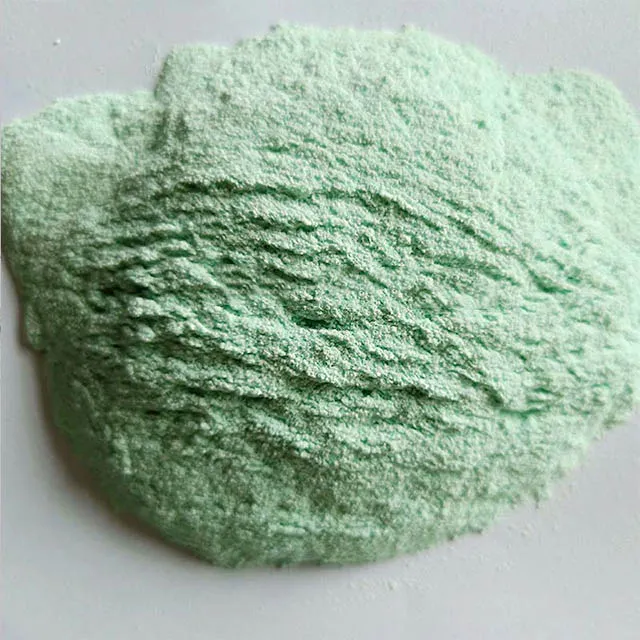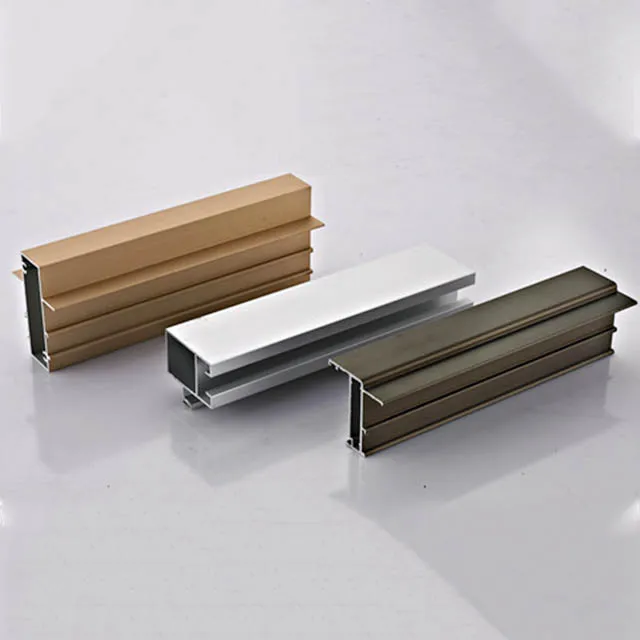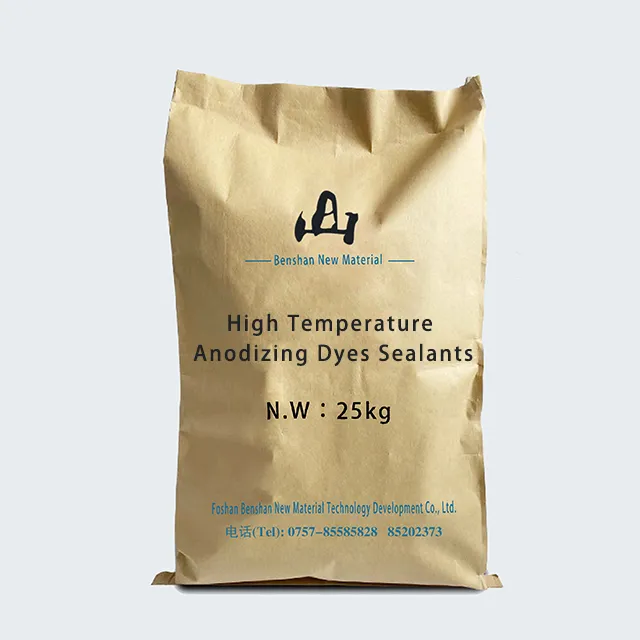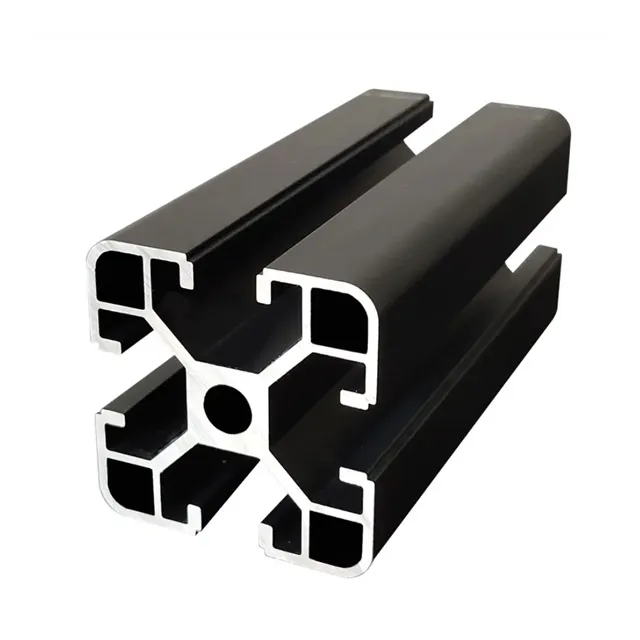
How to restore the color of anodized aluminum?
2024-07-26 15:30
Over time, the color of the surface of anodized aluminum may gradually fade or discolor due to environmental factors, wear and aging. This not only affects its appearance, but may also affect its protective performance. Therefore, how to restore the color of anodized aluminum has become a concern for many users.
This article will explore in detail the reasons for the fading of anodized aluminum colors and introduce several effective restoration methods.

What are the reasons for the fading of anodized aluminum colors?
The reasons for the fading of anodized aluminum colors are: environmental factors (ultraviolet rays, acid rain, industrial pollution), mechanical wear and scratches, dye aging and chemical reactions.
1. Environmental factors
When anodized aluminum is exposed to the external environment for a long time, it is easily affected by factors such as ultraviolet rays, acid rain and industrial pollution, resulting in color fading.
●Ultraviolet rays: Ultraviolet rays in sunlight will destroy the molecular structure of the dye on the surface of anodized aluminum, causing the color to fade and darken.
●Acid rain: The acidic components in acid rain will react with the oxide film on the surface of anodized aluminum, causing the surface dye to lose and the color to fade.
●Industrial pollution: Pollutants discharged from industry can adhere to the surface of anodized aluminum, causing its color to darken and lose its luster.
2. Wear and scratches
During daily use, the surface of anodized aluminum may be worn and scratched, resulting in uneven color and fading.
●Mechanical wear: Frequent contact and friction can cause the dye layer on the surface of anodized aluminum to gradually wear away, exposing the underlying metal.
●Scratches and scratches: Scratches and scratches from hard objects can damage the oxide film on the surface of anodized aluminum, resulting in uneven and mottled color.
3. Aging and chemical reactions
The dye on the surface of anodized aluminum may age and react chemically over long periods of use, causing color fading and deterioration.
●Dye aging: Dye molecules will gradually degrade under long-term light and heat, causing color fading.
●Chemical reactions: The surface of anodized aluminum may react with oxygen, moisture, and other chemicals in the air, causing color changes and fading.

How to restore the color of anodized aluminum?
Steps to restore the color of anodized aluminum: cleaning and polishing → re-anodizing (surface pretreatment → electrochemical treatment → post-treatment) → coating repair (color paint coating → transparent protective coating).
1. Cleaning and polishing
For slight fading and surface dirt, the color and gloss of anodized aluminum can be restored by cleaning and polishing.
●Cleaning: Use a neutral detergent and a soft cloth to clean the surface of anodized aluminum to remove dirt and contaminants. Avoid using detergents containing strong acids, strong alkalis and abrasive ingredients to avoid damaging the oxide film.
●Polishing: Use a special aluminum polish and polishing cloth to polish the surface of anodized aluminum to restore its gloss and color. Pay attention to the strength when polishing to avoid excessive wear.
2. Re-anodizing
For anodized aluminum with severe color fading or large surface damage, its color and protective properties can be restored by re-anodizing.
●Surface pretreatment: Clean and polish the surface of anodized aluminum to remove old oxide films and contaminants to ensure a clean and flat surface.
●Electrochemical treatment: Place the aluminum in an electrolyte, apply current, generate a new oxide film through electrochemical reaction, and introduce dye into the oxide film to restore its color.
●Post-treatment: Aluminum after anodizing needs to be sealed to improve its corrosion resistance and color stability.
3. Coating repair
For anodized aluminum with local color fading and small area damage, its color can be restored by coating repair.
●Color paint coating: Select a color paint that matches the color of anodized aluminum, and use spraying or brushing to repair the faded area. After the coating dries, its gloss and durability can be improved by polishing and waxing.
●Transparent protective coating: For slightly faded anodized aluminum surfaces, a layer of transparent protective coating can be applied to improve its wear resistance and UV resistance and extend the service life of the color.

Methods to prevent anodized aluminum from fading
After understanding the methods to restore the color of anodized aluminum, it is also very important to prevent color fading. Here are some ways to prevent anodized aluminum from fading:
1. Regular cleaning and maintenance
Regular cleaning and maintenance of anodized aluminum surfaces can effectively remove dirt and contaminants and maintain their color and gloss.
● Regular cleaning: Use a neutral detergent and soft cloth to regularly clean the anodized aluminum surface to avoid long-term accumulation of dirt and contaminants.
● Regular inspection: Regularly inspect the anodized aluminum surface for scratches, wear and fading, and repair and maintain it in a timely manner.
2. Avoid exposure to harsh environments
Avoiding long-term exposure of anodized aluminum to harsh environments such as ultraviolet rays, acid rain and industrial pollution can effectively extend the service life of its color and gloss.
● Sunshade measures: Anodized aluminum products used outdoors can take sunshade measures to reduce ultraviolet radiation.
● Protective coating: Anodized aluminum products used in industrial environments can be coated with a protective coating to reduce the impact of acid rain and pollutants.
3. Correct use and operation
Correct use and operation of anodized aluminum products to avoid mechanical wear and chemical damage can effectively prevent color fading and deterioration.
●Avoid scratches from hard objects: When using anodized aluminum products, avoid scratches and impacts from hard objects to reduce surface damage.
●Avoid contact with chemicals: When using anodized aluminum products, avoid contact with strong acids, strong alkalis and other chemicals to reduce chemical reactions and corrosion.









